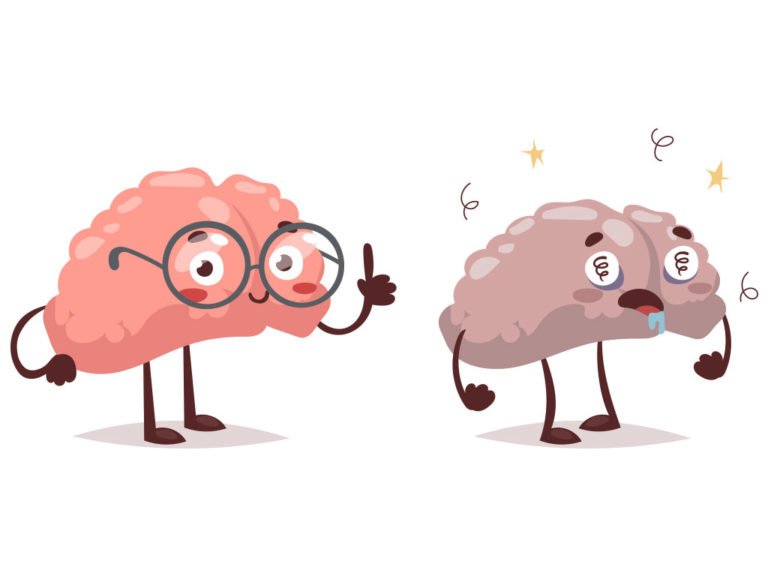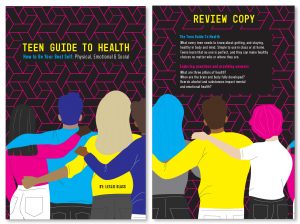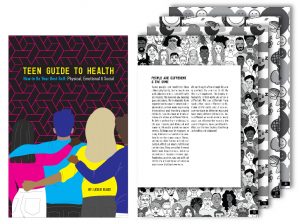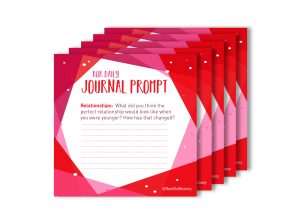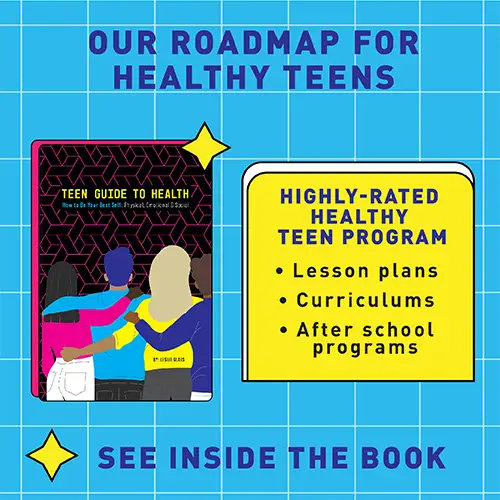Our most primal relationship is between our brain and body. When drugs or alcohol enter the mix, the communication between these two crucial systems is impaired in these five ways.
1. The Brain Relies On The Body
The brain needs the body to provide information about the environment. The body tells the brain about food sources, threats in the environment. In addiction, body and brain communication can become diverted towards drugs and alcohol.
2. Alcohol And Drugs Scramble Communication
When the brain senses a stressor, the brain sends information out to the body. Drugs and alcohol can stop the body from sending accurate replies to the brain. This can lead to a vicious cycle. The brain sends the same message over and over with growing intensity.
3. Changing Behavior Requires Efficient Body Brain Communication
Unfortunately, when drugs or alcohol are impairing the brain and body’s communication, change is more difficult. When the body is hyper-focused on triggers or cravings, conscious messages from the brain are often ignored.
4. Body Physiology Is Adaptive
Many interventions can help over-ride a dysfunctional body brain dynamic. In other words, recovery helps resolve the communication problems between the body and the brain.
5. Continued Use Creates A Disease In The Brain And Body System
At first, the brain and body adapt to drug and alcohol use. At some point the body and brain dynamics become maladaptive which leads to a disease state. Physical illness often sets in.

